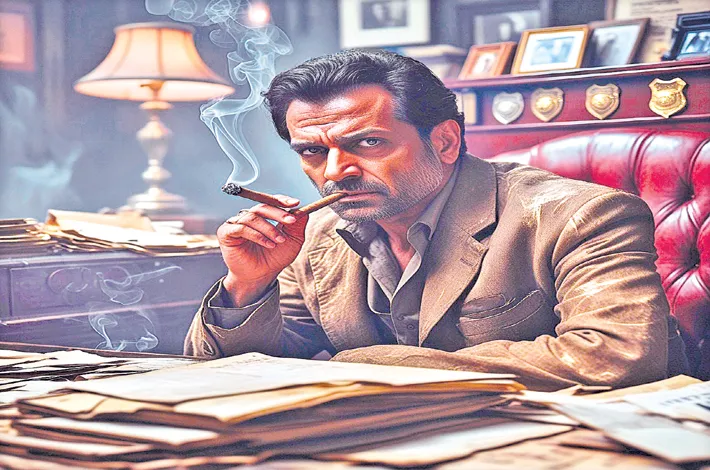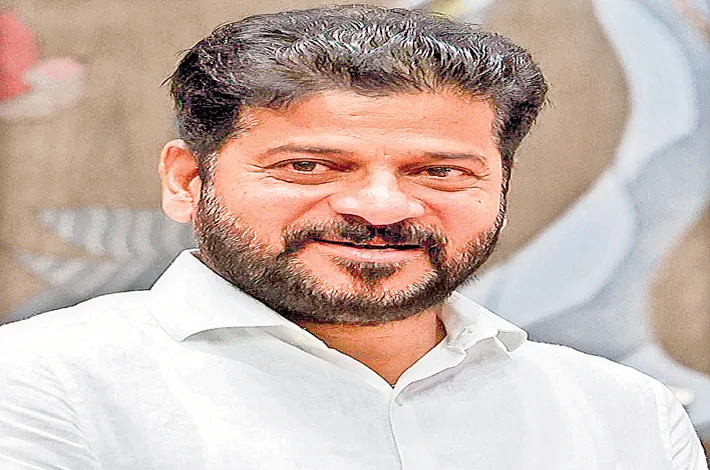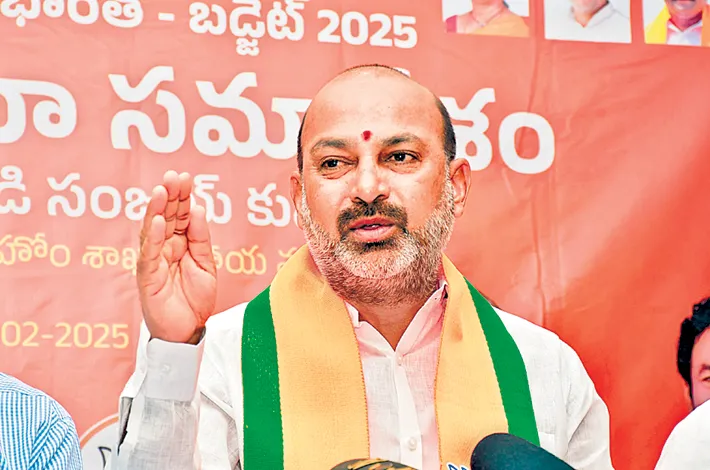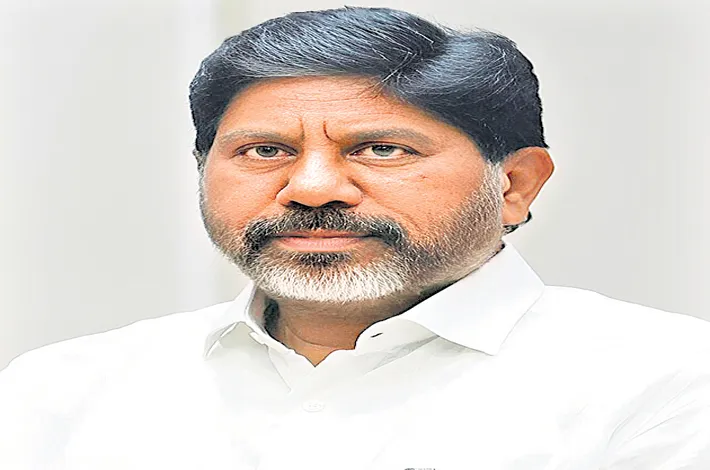From Qutb Shahi Palaces to Mughal Courts to Modern Streets
21-02-2025 12:20:07 AM
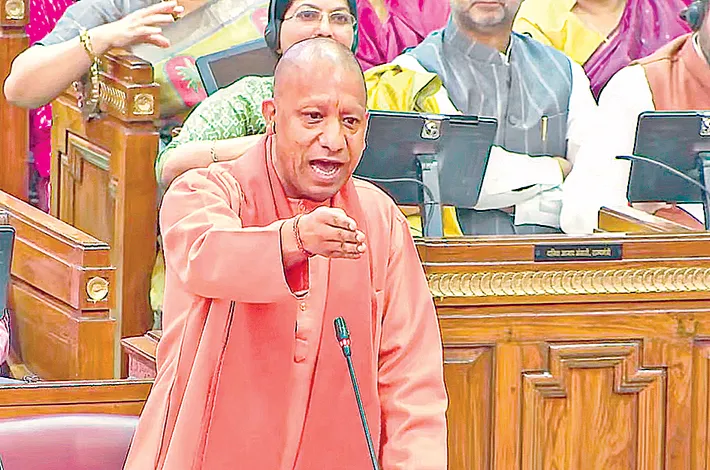
vjm divakar I hyderabad
Zabaan Banaai Nahi Jaati, Khud Banti Hai. Aur Na Insaani Koshishein Kisi Zabaan Ko Fanaa Kar Sakti Hain. (A language is not crafted, it evolves naturally, and human attempts cannot extinguish the existence of any language)-- Saadat Hasan Manto
On Feb 18, in the Uttar Pradesh Legislative Assembly session, UP CM Yogi Adityanath vehemently opposed the Urdu language and said all those who learn and study Urdu would become Kathmullahs (Bigots). This led to a viral debate on the language of Urdu. All those Kathmullahs against Urdu who try to term it as a language of Muslims have blissfully forgotten that a language by itself can never have any religious significance.
Well-known writer and lyricist Javed Akhtar says that language essentially evolves from a region but not from any religion. Urdu is a wonderful hybrid (Rekhta) of several languages, including Hindi, Persian, and Arabic.Hence, it is wrong on all counts to equate the Urdu language with the Muslim religion and all those who speak, and write in Urdu as Kathmullahs.
Before the liberation of Hyderabad State and its merger with the then Andhra State, a majority of people in the Nizam State of Hyderabad were proficient in Urdu and it was their medium of instruction and language of governance. Former AP Chief Minister Dr M Channa Reddy did his Medical course in Urdu. Jnanpith Awardee noted Telugu lyricist Dr C Narayan Reddy also studied through Urdu medium.
A majority of Hindi film songs, dialogues right from its early talkie days to till date, are written in Hindustani, a wonderful mix of Hindi and Urdu. In our day-to-day communication in Hindustani, we inadvertently use words and phrases from Urdu which in turn are borrowed from Persian, Hindi, and Arabic languages. To drive the point home, let us analyse Yogi Adityanath’s speech in UP Assembly against Urdu. In his 4.5 Minutes talk against Urdu, he used words like Tabke, Paidan, Agar, Baat, Bacche, Aadi, Circar, Andar and Duniya. These are all Urdu words.
Another interesting characteristic of Urdu like many other languages is that Urdu also borrows words and phrases from the local dialects. Take for instance Telangana; Urdu here takes the form of Daccani Zubaan, which has words and phrases from Telugu, Marathi, and Kannada. Daccani itself is an earlier form of Urdu which has its rich literature. The first poet who wrote a Diwan (collection of poetry) in Deccani or Dakhni is Mohammad Quli Qutb Shah, the fifth Sultan of Qutb Shahi dynasty.
It is also a false notion that a language makes the learner a bigot. No language makes any bigot but a bigot uses a certain language to his/her convenience. If some terrorists worldwide are using certain languages for their communication, the languages should not be blamed. It is interesting to note that in the present state of Andhra Pradesh, Telugu is used in government communications, and transactions, and Persian and Arabic words are used liberally even to date.
Urdu, a language synonymous with elegance and poetic expression, has been an integral part of India’s linguistic heritage for centuries. Originating from the Indo-Aryan family, Urdu emerged as a distinct language in the medieval period, blending elements of Persian, Arabic, and local dialects. Its journey from the courts of the Mughal Empire to the modern-day streets of India is a testament to its resilience and adaptability. Today, Urdu is not only a means of communication for millions but a repository of rich literary and cultural traditions that continue to shape India’s diverse identity.
The roots of Urdu can be traced back to the 13th century, when it began to take shape in the region around Delhi, then known as the Delhi Sultanate. The language evolved from Apabhramsha, a late form of Prakrit, and was heavily influenced by Persian, which was the court language of the time.
As the Mughal Empire rose to prominence in the 16th century, Urdu gained further patronage and became the language of administration, literature, and culture. Poets like Amir Khusro and later Mirza Ghalib elevated Urdu poetry to new heights, making it a vehicle for profound philosophical and emotional expression. During this period, Urdu served as a link language, facilitating communication among people from different linguistic backgrounds across the subcontinent, and uniting diverse communities under a common linguistic umbrella.
In contemporary India, Urdu holds a significant position both demographically and constitutionally. According to the 2011 Census, there are approximately 50 million native Urdu speakers in India, with a substantial number using it as a second language. The Constitution of India recognizes Urdu as one of the 22 scheduled languages, granting it official status and support for its development. Several states, including Uttar Pradesh, Bihar, Jharkhand, and Telangana, have designated Urdu as an additional official language, reflecting its importance in these regions.
Cultural Significance
Urdu’s cultural impact is perhaps most profoundly felt in its literary contributions, particularly poetry. The ghazal, a poetic form expressing themes of love, loss, and mysticism, has found its most exquisite expressions in Urdu. Legendary poets such as Mirza Ghalib, Allama Iqbal, and Faiz Ahmed Faiz have left an indelible mark on Urdu literature, their works transcending linguistic barriers to resonate with audiences worldwide.
Beyond poetry, Urdu has enriched Indian music, with genres like Qawwali and film songs often featuring Urdu lyrics. The language’s melodious quality and expressive vocabulary have made it a favorite in Bollywood, where it adds sophistication and depth to dialogues and songs. Urdu’s influence also extends to performing arts, with playwrights like Imtiaz Ali Taj crafting timeless dramas, and its graceful Perso-Arabic script is celebrated in the art of calligraphy.
Urdu and Hindi: A Linguistic Kinship
Urdu and Hindi, often described as two sides of the same coin, share a common grammatical structure and a substantial portion of their vocabulary. The primary distinction lies in their scripts—Urdu uses the Perso-Arabic script, while Hindi employs Devanagari—and in their higher registers, where Urdu draws more from Persian and Arabic, and Hindi from Sanskrit. This linguistic kinship has facilitated mutual intelligibility and cultural exchange, reinforcing Urdu’s role as a unifying force in India’s diverse linguistic landscape.
Yogi’s Urdu against Urdu
To drive the point home, let us analyse Yogi Adityanath’s speech in UP Assembly against Urdu. In his 4.5 Minutes talk against Urdu, he has used words like Tabke, Paidan, Agar, Baat, Bacche, Aadi, Circar, Andar, Duniya. These are all Urdu words!





